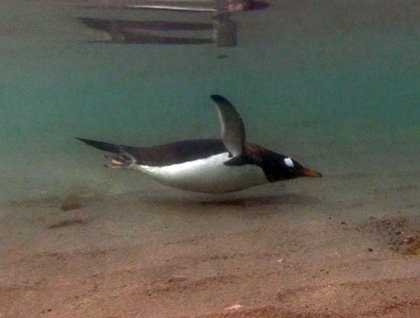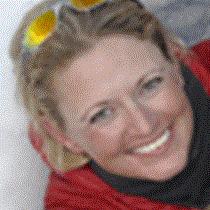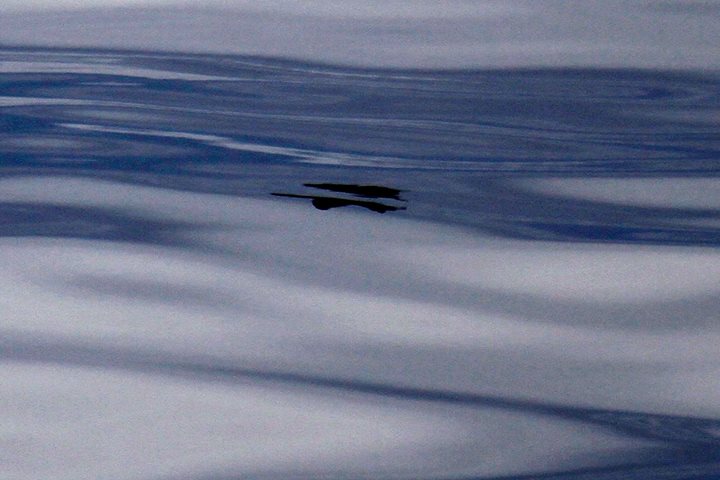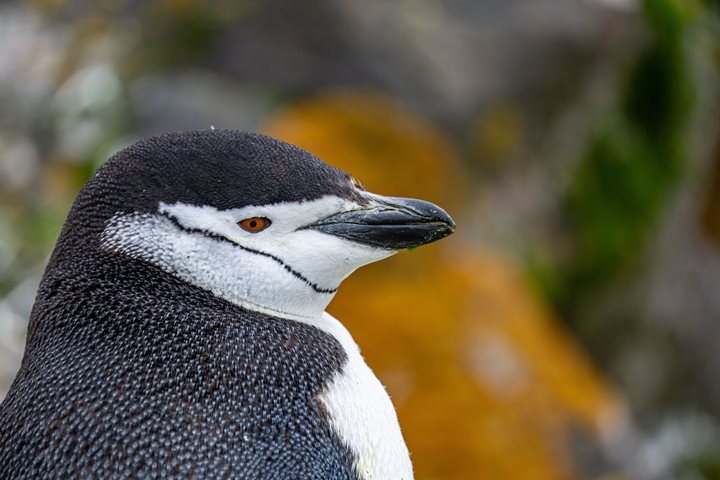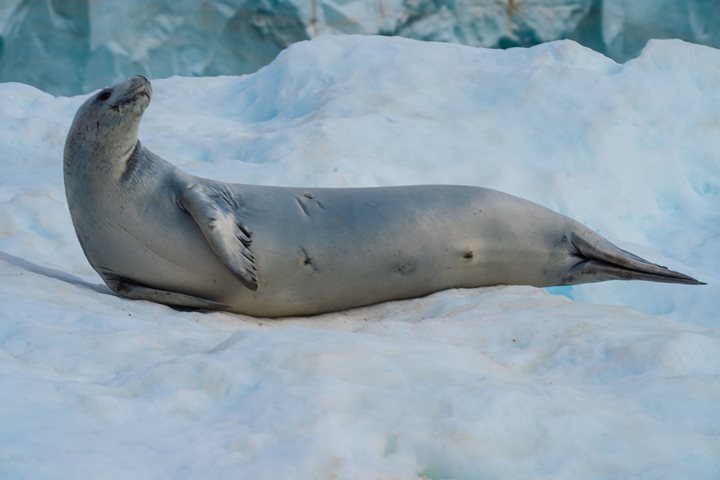Two days at sea lie ahead of us, and whilst some worry about getting back out into the open sea, our crossing can be described as nothing less than the Drake Lake! It is so calm that even the seabirds are forced to sit on the water, patiently awaiting the winds that carry them across the ocean on such amazing flights.
For those of us on board National Geographic Explorer today was an ideal time to listen to our natural history and guest lecturing staff give a series of presentations; to download our photos and submit them for the voyage slide show; or perhaps simply a chance to gaze out the window and contemplate the experiences of the last week.
It has been an incredible voyage – so many sights, sounds, smells – for most, by just day three we had complete synapse overload. Whilst we arrange a variety of activities for the guests of Explorer, such as kayaking or Zodiac cruising, Antarctica simply needs to be herself for us to fall in love with her: The comical actions of the penguins, the gracefulness of seals, the staggering beauty of the ice. But the entire continent of Antarctica is influenced by the ocean that surrounds it, an ocean which interacts with every other ocean on the planet. Each creature that lives in or around Antarctica, whether it be mammal, fowl or invertebrate, relies on the nutrients that the Southern Ocean provides. On board Explorer, we have the unique opportunity to look below the surface of the Southern Ocean, and understand just a little bit more about Antarctica’s ecosystem.
It is a common question: What could possibly live in water that is so cold (on average between -2°C/28°F and 0°C/32°F)? Plenty is the answer. Sponges in every color of the rainbow line the nooks and crannies and extend from the walls, being preyed upon by nudibranchs; strange “bugs” like the giant isopod take the place of crabs in Antarctica, moving along the bottom and feeding on the nutrients which settle there; and even four-inch octopus scavenge the bottom for fish or mollusks.
Each creature, now matter how small, has a place and a purpose in the incredibly complex ecosystem which is Antarctica.

